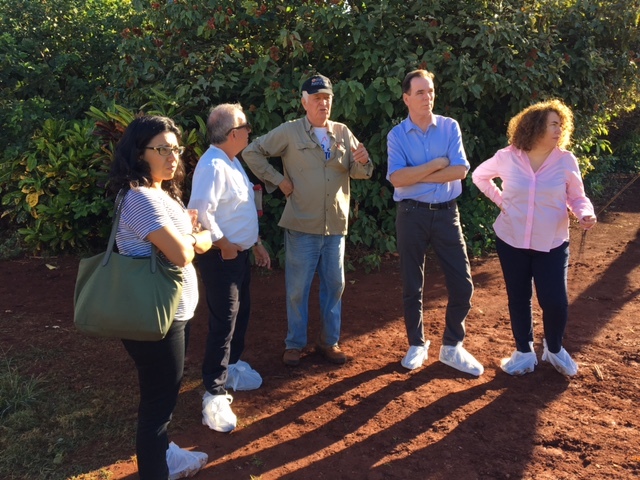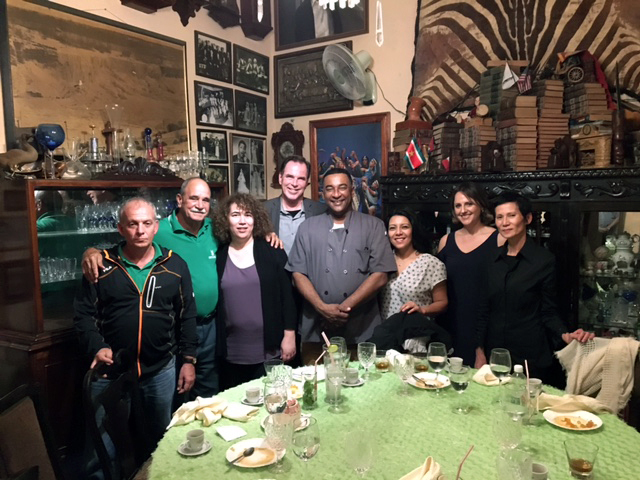SCI-Arc Trustee and Faculty Join LA Delegation for Cuba
The 2014 Cuban policy shift has enabled more than romantic vacation photos for tourists. Earlier this year, Gilmore Associates Founder and SCI-Arc Trustee Tom Gilmore; Hodgetts + Fung Co-Founder and SCI-Arc Design Studio Faculty Hsinming Fung; and former SCI-Arc student Alejandro Aguirrechu were members of a local delegation to explore the history and culture of Havana, Cuba. Organized by Sister Cities of Los Angeles, the tour included representatives of the Los Angeles County Economic Development Corporation, and the World Trade Council, UCLA Medical Center’s international contingency, the Annenberg Foundation, the Los Angeles Tourism & Convention Board (LATCB) and the California Community Foundation, to dive into the Cuban state of affairs.
“I was happy to represent Mayor Garcetti in Havana and join essential international dialogues, where we saw that LA can be at the forefront of politics; not just local dialogue and activities” Gilmore says. “At a time where it may appear that the US is retreating from the social stage of international conversations, LA can accelerate our position. The sleeping giant of Los Angeles, and California, is waking up in a big way and I’m proud of my city for that action.”

From tours of art schools in the heart of the capital to organic farms in suburban outskirts, the tour highlighted unique facets of Cuban trade, government, culture, and education. Tours through the center of Havana with the Minister of Preservation explored numerous historic buildings in various states of restoration and decay, and illuminated challenges of preserving the city’s existing urban plan while addressing an imminent, 21st century dynamic. “[The nation] is essentially going from 1959 to 2017, and there are enormous challenges there,” Gilmore says. “The city’s unique and beautiful architecture—from pre-revolution to post-revolution to more Soviet style—is a great case study for the challenges of architecture that relate specifically to periods of time.”
A tour of Universidad de las Artes de Cuba with Universo García Lorenzo provided an inside-look at the philosophical principles driving education and policy in the post-revolution period. According to Gilmore, a consistent current of sociopolitical dynamics of Cuba was “was challenging but compelling. Becoming educated on the consequences of national politics—for me, for students, and for everyone—and learning more about these places is an opportunity to become more empathetic to our closest neighbors. It demands a level of responsibility on everyone's part.”
To reinforce Cuba’s strong architectural education platform, educators are seeking opportunities for international exchange and support. Building upon its 2015 symposium Havana/LA/Havana, SCI-Arc professors are actively scheduling lectures with an exchange between students and staff on the horizon. “Cuba and Havana are new gateways to the Caribbean and to South America,” Gilmore says. “As the chair of Sister Cities and SCI-Arc, there seemed to be important synergies in terms of the institute's initiatives in Mexico City and Bogota.”
